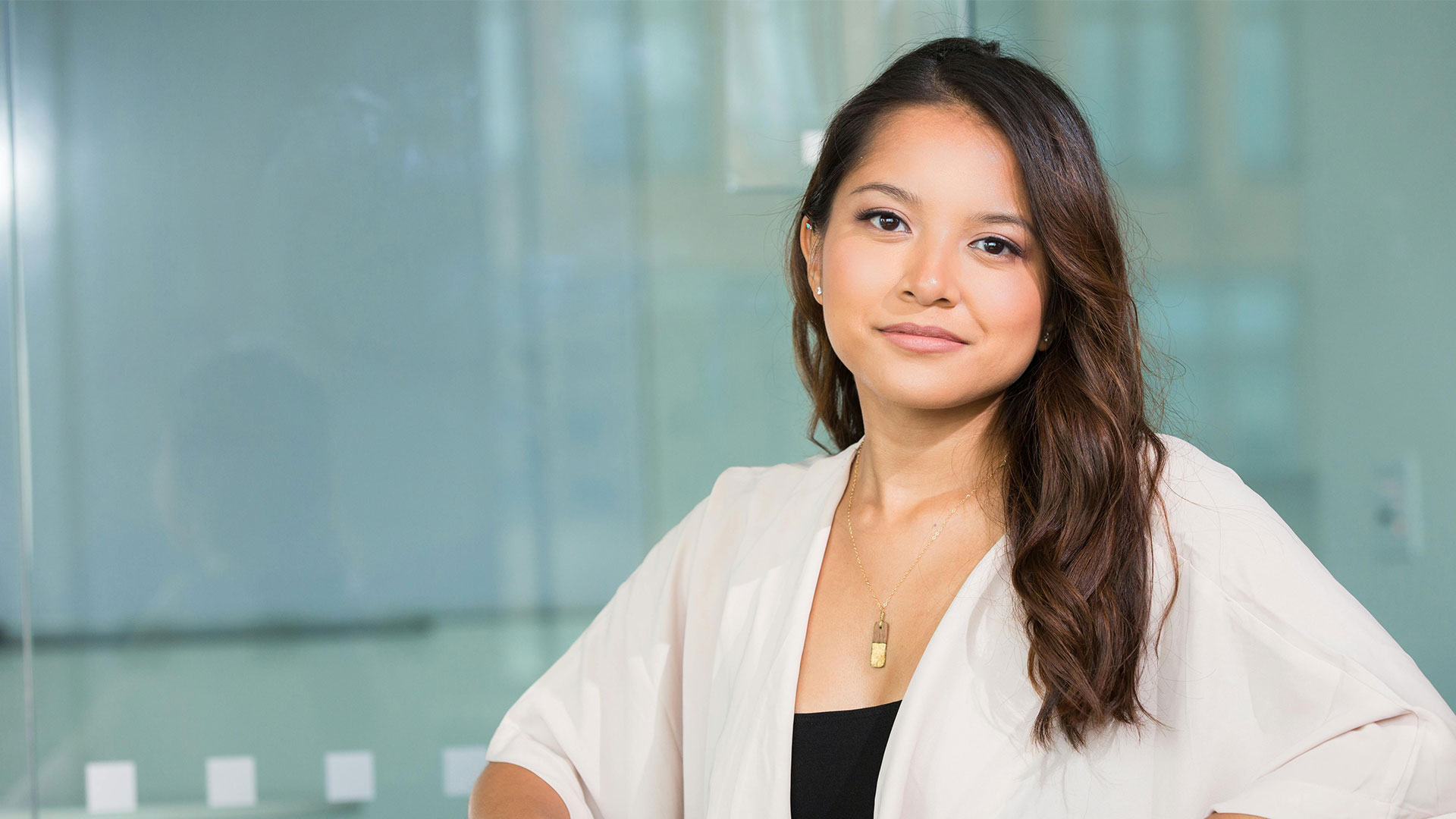For your annual screening mammogram, two factors matter most: clarity and confidence. You want images that are as clear as possible so your radiologist can find potential breast cancer early, and you want to feel confident in the results. A 3D mammogram provides the most advanced level of breast cancer screening, with the ability to find more cancers and reduce the need for additional tests compared with 2D mammograms.
A Test You Shouldn’t Pass On
If you’re at average risk for breast cancer — meaning you don’t have a family history of the disease or other factors that place you at higher risk — getting a screening mammogram every year starting at age 40 is one of the most important ways you can safeguard your health. Most women diagnosed with breast cancer don’t have a close relative who’s had it.
A screening mammogram can find breast cancer years before it causes symptoms, such as a lump you can see or feel. Early detection can lead to less complex treatment and a better chance of survival. Thanks, in part, to mammography, breast cancer deaths in the U.S. have dropped by almost 40% since 1990, according to the American College of Radiology.
Are you at higher-than-average risk for breast cancer? Ask your primary care physician whether you should start having screening mammograms earlier than 40. You may also need other forms of breast imaging, such as a breast MRI.
What Is a 3D Mammogram?
Mammography technology has come a long way over the decades. Years ago, traditional mammograms produced film images. 2D digital mammography has since replaced its film predecessor and is available in FDA-approved facilities. Now, 3D mammograms — also known as digital breast tomosynthesis — are the next step in the advancement of breast cancer screening technology.
Often performed concurrently with a 2D mammogram, a 3D mammogram produces thin breast images called slices. An X-ray machine takes these images from multiple angles as it moves around the breast. Computer software combines the slices into a single, detailed image.
How You May Benefit From a 3D Mammogram
Evidence points to several benefits of 3D mammograms compared with 2D mammograms. Researchers, however, continue to study whether 3D mammography is, conclusively, more effective at finding cancer.
A 3D mammogram can show certain cancers that wouldn’t appear in a 2D mammogram, according to the American Cancer Society. These 3D screenings can be advantageous for women with dense breasts, which can make cancer harder to see in traditional mammogram images. According to the American College of Radiology, 3D mammograms can make detecting breast cancer easier in dense breast tissue.
A 2023 study of more than 2.5 million screening mammograms found that, compared with conventional 2D digital mammograms, 3D mammograms detected higher rates of cancers. In addition, patients who received results from a 3D mammogram had lower recall rates than those who received 2D images, meaning they were less likely to have a false-positive result that required additional imaging.
What to Expect When You Get a 3D Mammogram
You’ll need a prescription from your physician to schedule a screening mammogram. Most insurances, including Medicare, cover 3D mammograms, but it’s a good idea to check with your carrier before scheduling your appointment. If the test isn’t covered, you may need to pay for it out of pocket. The cost of a 3D mammogram without insurance varies.
If you’ve had a 2D mammogram in the past, you won’t find the 3D mammogram process to be much different. Wear an easy-to-remove top and bra for your appointment, and don’t apply deodorant, lotion, or perfume on or near your breasts beforehand.
At Windsong Radiology, each of our breast imaging locations offers 3D mammography, and appointments typically last around 30 minutes. Arrive 15 minutes before your appointment, and a female technologist certified in mammography will explain what to expect. After undressing from the waist up, you’ll change into a front-opening gown. During the test, the mammography unit will briefly compress your breasts while it obtains images. You’ll be exposed to a similar amount of radiation as during a 2D mammogram.
After your exam, you’ll meet with a radiologist subspecialized in mammography to review your images and discuss next steps. We’ll send your imaging report to your referring physician within 48 hours, and you’ll also be able to view it in the patient portal.
With your yearly mammogram over, you can move on to the next item on your to-do list — and feel good about the important step you’ve taken for your health with an advanced tool for breast cancer screening.







